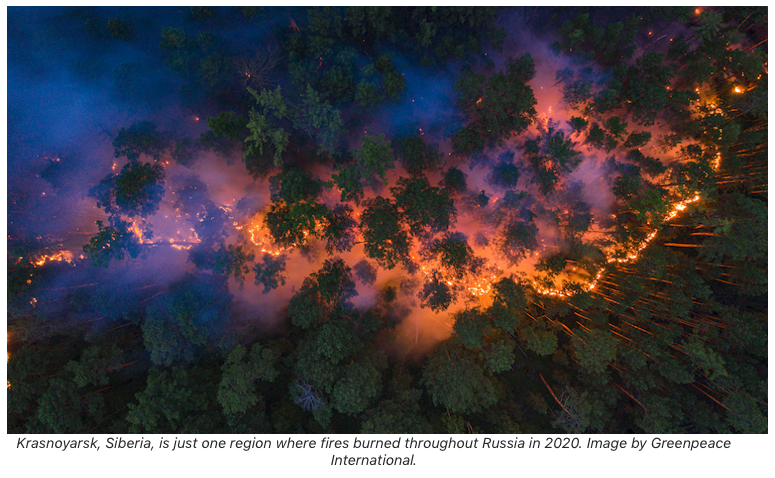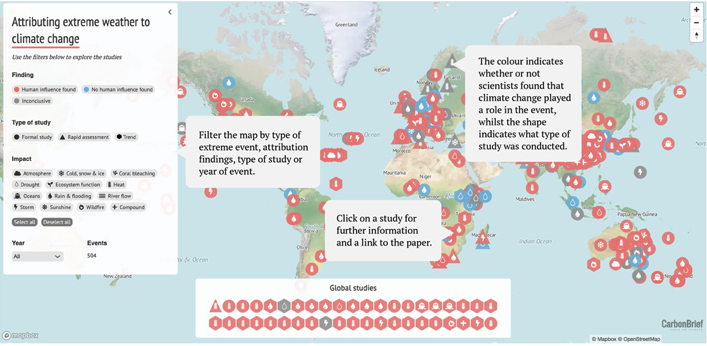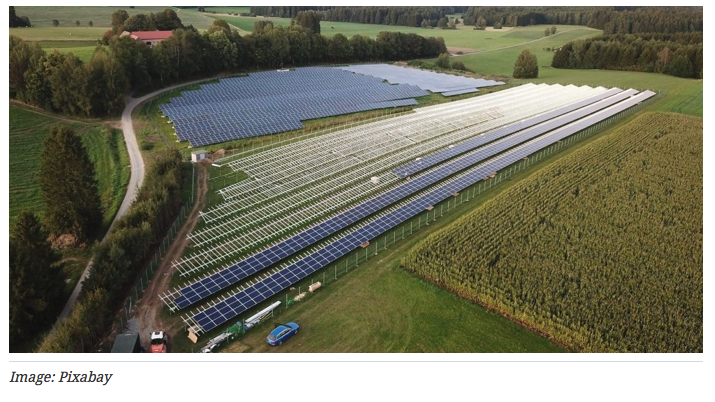great upheaval is coming. Climate-driven movement of people is adding to a massive migration already under way to the world’s cities. The number of migrants has doubled globally over the past decade, and the issue of what to do about rapidly increasing populations of displaced people will only become greater and more urgent. To survive climate breakdown will require a planned and deliberate migration of a kind humanity has never before undertaken.
The world already sees twice as many days where temperatures exceed 50C than 30 years ago – this level of heat is deadly for humans, and also hugely problematic for buildings, roads and power stations. It makes an area unliveable. This explosive planetary drama demands a dynamic human response. We need to help people to move from danger and poverty to safety and comfort – to build a more resilient global society for everyone’s benefit.
Large populations will need to migrate, and not simply to the nearest city, but also across continents. Those living in regions with more tolerable conditions, especially nations in northern latitudes, will need to accommodate millions of migrants while themselves adapting to the demands of the climate crisis. We will need to create entirely new cities near the planet’s cooler poles, in land that is rapidly becoming ice-free. Parts of Siberia, for example, are already experiencing temperatures of 30C for months at a time.





